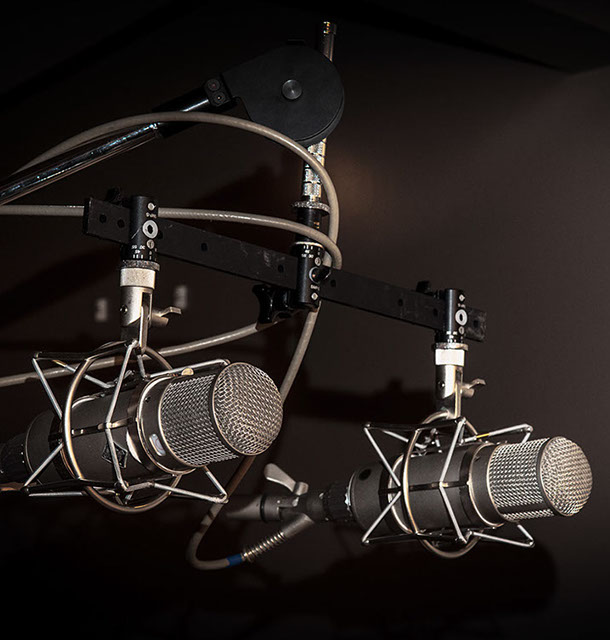

Don’t simply remove the capsule from the top.

The first step is to unscrew the barrel of the mic. This shouldn’t take more than 20 minutes.

The most common modification is to remove the SM57 transformer. It was perhaps inevitable that folk began dabbling with the inner workings of the mic and making modifications. Being such a versatile microphone, studios and touring companies keep plenty of SM57s on hand. It’s known to sound good on anything due to its “carefully contoured presence rise”, sometimes less flatteringly referred to as ‘midrange honk’. Nowadays, the SM57 offers an 40Hz–15kHz frequency response, incredible durability, along with the distinction of being used on pretty much every rock record since 1965 – apparently three quarters of your music collection will have an SM57 involved at some point.įrom guitar and bass cabinets, vocals and acoustic instruments, through to the microphones’s penchant for miking snare drums, the SM57 has captured pretty much anything that makes a noise – both live and in the studio. In 1959, Shure engineer, Ernie Seeler advanced the design considerably with the Unidyne III. The SM57 traces its origin to 1937 when Shure engineer Ben Bauer developed the Unidyne, which had a cardioid pattern. Originally introduced in 1965, the low impedance unidirectional dynamic workhorse boasts an impressive endorsement: the SM57 is the only microphone to be used for US presidential speeches since its introduction back in ’65. The Shure SM57: One of the most used microphones on the planet, and cited by many an engineer as their ‘desert island mic’.


 0 kommentar(er)
0 kommentar(er)
